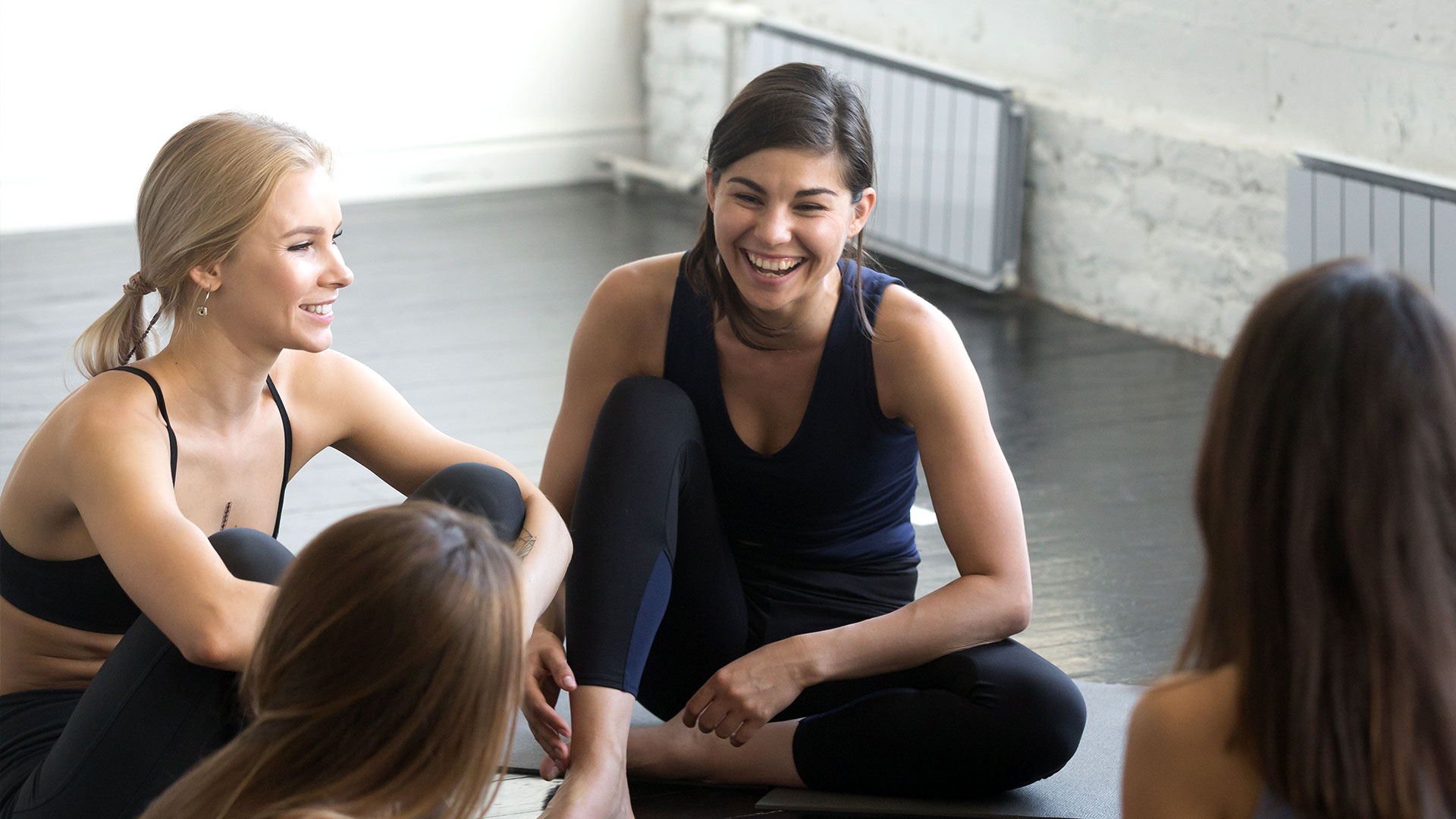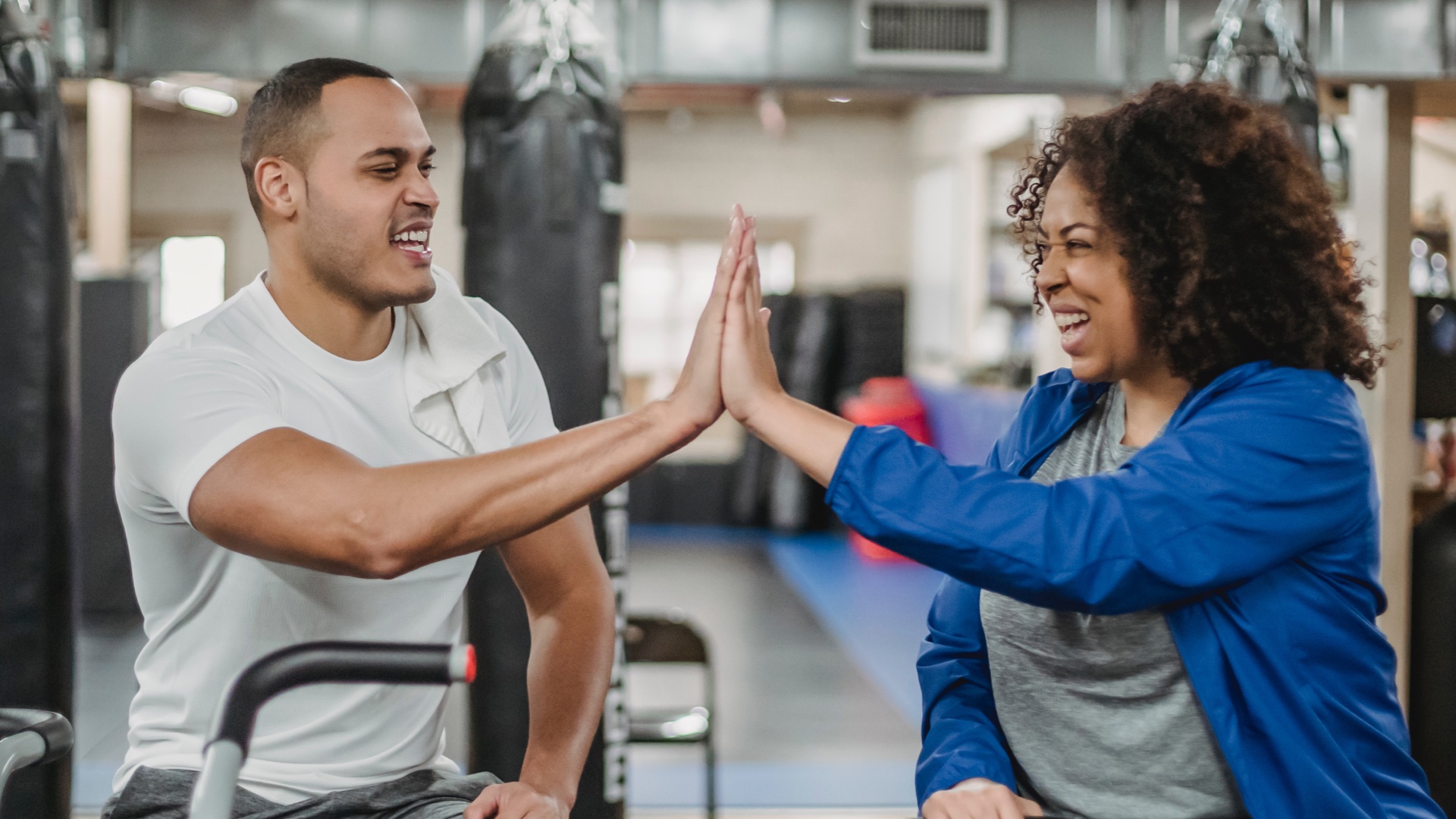
Here at Gymcatch we understand that owning your own fitness business can be stressful, adding that with the usual day-to-day life stresses that are outside of our control, can make you feel like you’re just about treading water. That’s why we’re all about making life, especially business, as easy as possible.
In this blog, we discuss how you can automate your business with Gymcatch this year to increase revenue, reduce stress and make life feel that little bit easier.
Payment on booking
Do you ever feel like you’re constantly sending out invoices and chasing payments? Receiving payment on booking avoids the need to keep logging into your accounting software, manually sending out invoices and having that awkward conversation when a customer is late paying.
Create a Stripe account, connect it to your Gymcatch account and start receiving payment on booking – It’s that easy to start securing revenue, reducing no shows since customers have paid in advance and reducing admin time!
Collect customer information on first booking
We’ve all been there, manually sending out waivers or questionnaires, waiting for customers to complete them and then having piles of paperwork to store. With Gymcatch, you can enable our participation information bolt-on feature so that customers are asked to complete all the necessary forms before they are able to book and pay for their first class with you and once completed, they are stored on their customer record on your Gymcatch account.
No more chasing customers to complete their forms and no more drowning in paperwork – Win win!
Automated waitlists
It’s always important to ensure that your classes are fully booked, especially when you’re paying an hourly fee to rent a space to host your class in. Our automated waitlists feature is not only included within our base plan, but also allows you to keep your sessions fully booked without the need to lift a finger.
If a customer cancels their space on a fully booked session, those customers who are on the waitlist will automatically be notified via email that a space has become available and then it’s first come first serve as to who books and pays for this space first.
Cancellation policy & automated refund credits
We’ve all encountered scenarios like this: Rise at 5 AM, hastily dress, and arrive just in time for a 6 AM client session. As you check your emails a few minutes ahead, you discover an email from your 6 AM client, announcing their cancellation at 5:40 AM and then asking for a refund or to reschedule their session. A frustrating start to the day, right?
This is why it is so important to safeguard yourself and your business through a well-defined cancellation policy that your clients understand and have agreed to so that you can avoid situations like this.
Automating refund credits is also a great way to allow clients to reschedule their sessions if cancelled in line with your cancellation policy and keep the money in the business without you ever having to get involved. Reducing these awkward conversations, reducing admin and reducing stress.
Gymcatch in your pocket
You can automate your business as much as you want to, but there’s always going to be times that you need to have access to your booking software whilst in a coffee shop catching up with a friend.
You’ve got access to special ‘on-the-go’ features within the Gymcatch iOS and Android apps. You can check the roster, mark customers as paid and attended and stay in touch with attendees all from your phone, allowing you to manage your business no matter where you are.
If you’re ready for business, and life, to feel that little bit easier, then register your Gymcatch business account today!








